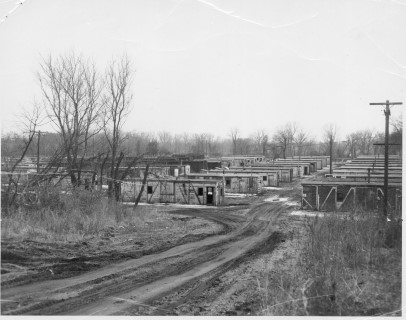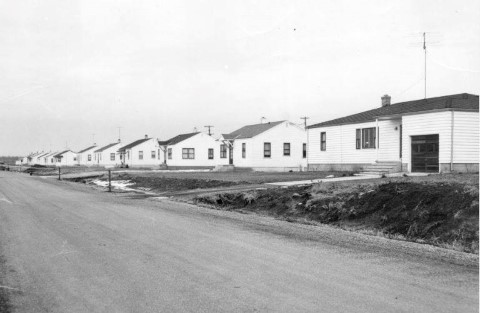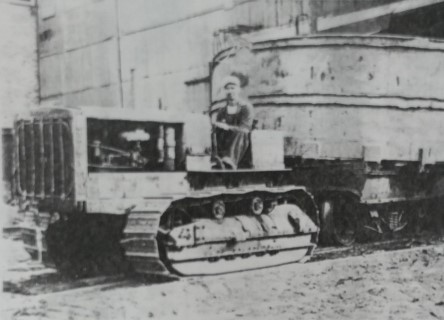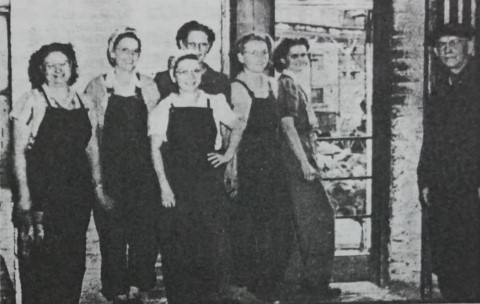April 15, 1946
Sterling Daily Gazette Reports
Late 1940’s NWSW recruits workers from San Antonio Texas
No One to Take Jobs; Many Mexican Vets Are Brought Here
With demands at the United States employment office for 775 men in the Sterling and Rock Falls factories and no one willing to accept the work, a manager of USES (Mr. Heindel ) and a representative of Northwestern Steel and Wire company returned home Saturday from San Antonio, Texas where they secured the services of 74 American-Mexicans. The first contingent arrived Friday and the second reached Sterling on Sunday evening.

When workers first came to Sterling to work at Northwestern Steel & Wire Co., they lived in box cars painted with silver paint. The area was known as Silver City
All of those engaged are unmarried, all can speak English and many were educated int eh schools of San Antonio. A large percentage of those engaged are veterans of World War II.
The USES states that with 775 men needed immediately, the labor shortage here locally has become critical. A big majority of the jobs open at the SUES are for laborers and many of those interviewed decline to accept them. The Northwestern Steel and Wire Company can still use at least 300 more men.
The men brought here will be trained as machine operators, wire drawers, galvanizers, fence makers, and rolling mill men.
There are also a number of jobs open for skills, Manager Heindel of the USES states.
The men state that the unemployment situation at San Antonio Texas is acute with hundreds of men milling about the employment office, seeking jobs, many of them of the highest type.
The men brought to Sterling are American citizens. Arrangements have been made to house them temporary and as soon as material can be secured, barracks will be constructed.

After Silver City, Northwestern Steel & Wire Co. helped employees finance homes in a subdivision known as Steelton.
The USES states that every possible effort has been made to get local men to take these jobs and both that the USES and Northwestern Steel & Wire Company representatives are empathetic in their statements that all available applicants will be given work as fast as they apply.
The USES suggest that local men make their applications immediately in order to establish their seniority rights. This is especially true of veterans.
 That’s a charging bucket for scrap iron, in the picture, which is on the railway flat car. In that the locomotive was not handy at all times for moving the cars and in view of the Safety Rules that railway cars are not to be moved by the overhead cranes, another means was devised,,, namely the CAT.
That’s a charging bucket for scrap iron, in the picture, which is on the railway flat car. In that the locomotive was not handy at all times for moving the cars and in view of the Safety Rules that railway cars are not to be moved by the overhead cranes, another means was devised,,, namely the CAT.


